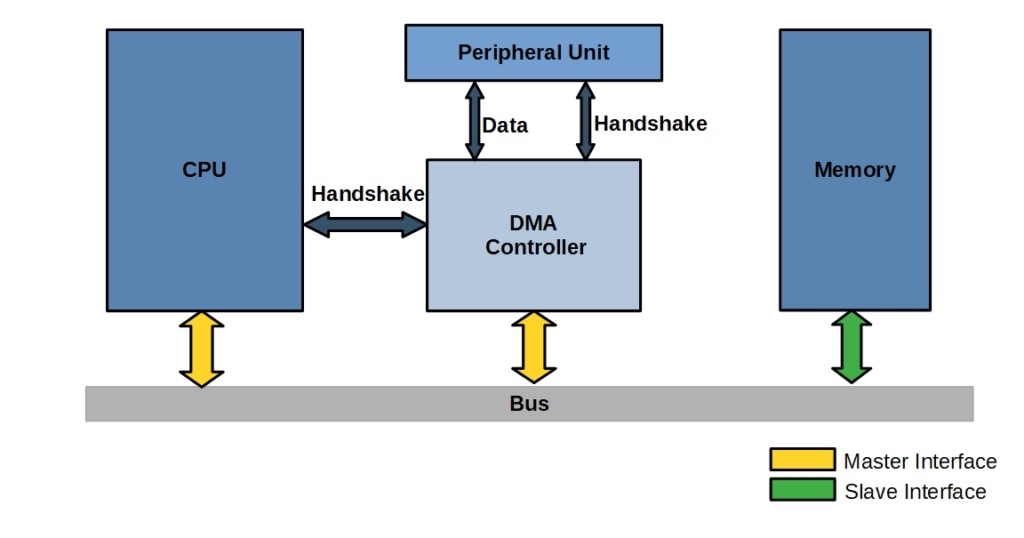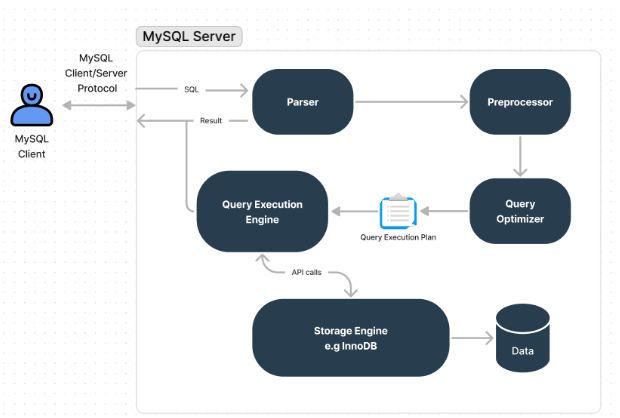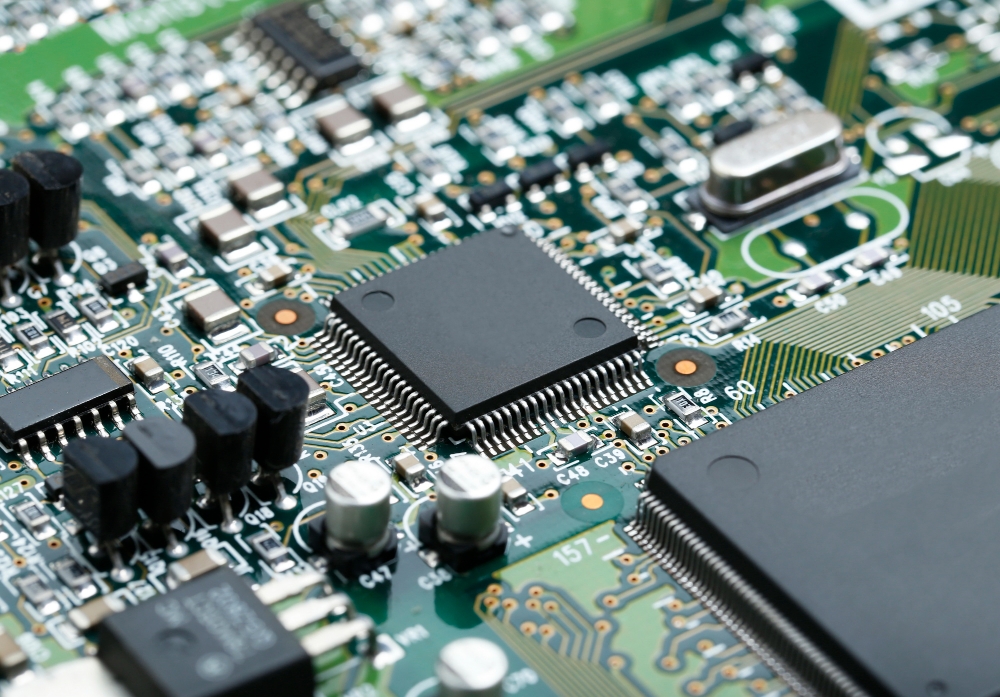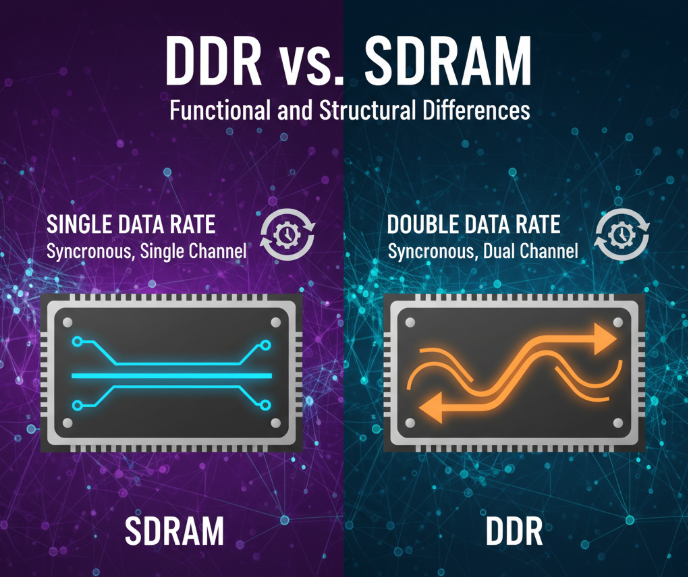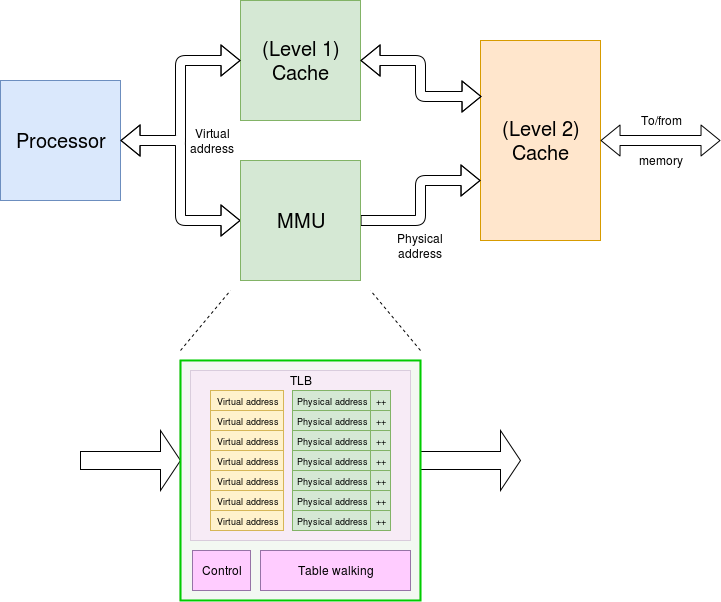Software-defined vehicles (SDVs) are reshaping the automotive industry by prioritizing software to define and iterate vehicle functions, transitioning vehicles from mechanical products to intelligent terminals. However, SDVs face challenges, including exponentially increasing software complexity, the need for adaptable storage to support diverse functionalities, and escalating developer challenges due to frequent updates.
Stellar MCU with xMemory for SDV
To address these challenges, STMicroelectronics introduced the Stellar series of automotive-grade microcontrollers (MCUs) featuring xMemory, a next-generation dynamically adjustable storage solution. xMemory provides near-infinite granularity for memory scalability, enabling automotive OEMs to create simpler, more extensible computing platforms for SDVs.
Growing Role of SDVs in Automotive Production
Following electrification and intelligentization, SDVs represent the third major trend in the automotive industry. By decoupling software and hardware, SDVs enable flexible function definitions and support a shift from distributed to centralized domain-controlled architectures, reducing reliance on hardware upgrades. Industry data projects SDV¡¯s share of global vehicle production to rise from 3.4% in 2021 to 90% by 2029, driving an additional $15 billion in semiconductor spending.
SDVs make over-the-air (OTA) updates a standard feature, allowing independent software module updates to fix bugs, add functions, and extend vehicle lifecycles while enhancing user engagement. This shift also transforms automotive sales models from one-time hardware purchases to software-as-a-service subscriptions, such as monthly fees for advanced driver-assistance systems, with OTA serving as a critical delivery mechanism.
Hardware Challenges in SDV Implementation
SDVs require hardware platforms that support complex software demands. Traditional distributed architectures relied on hardware upgrades for new functions, whereas centralized domain-controlled architectures abstract hardware differences through software. This transition demands standardized hardware platforms, enhanced security, and open software ecosystems to support continuous iteration throughout a vehicle¡¯s lifecycle. As market competition intensifies, OEMs aim to shorten development cycles and reduce costs, with MCU design playing a pivotal role in enabling or limiting scalability.
xMemory: Redefining MCU Storage
The increasing software complexity of SDVs requires MCUs with larger NOR Flash and DRAM capacities. Traditional MCUs, with fixed storage capacities, necessitate multiple chip variants, forcing OEMs to upgrade to larger MCUs as algorithms evolve, increasing design size and inventory management challenges. STMicroelectronics¡¯ xMemory, based on phase-change memory (PCM) technology, offers superior characteristics compared to RRAM, MRAM, or flash-based embedded non-volatile memory (eNVM):
- Smaller memory cells: Built on 28nm and 18nm FD-SOI processes, xMemory achieves double the storage density of competitors, with a 28nm cell occupying just 0.019 ¦Ìm2, enabling compact integration into embedded MCUs.
- High reliability: xMemory meets AEC-Q100 standards with excellent high-temperature performance and industry-leading radiation resistance.
- Energy efficiency: It maintains low power consumption even under harsh conditions.
- Mature technology: xMemory leverages STMicroelectronics¡¯ leadership in transitioning automotive MCUs from flash to eNVM, with its 28nm eNVM technology at the core.
xMemory enhances scalability without increasing budget or physical size, allowing storage configuration adjustments during development or throughout the product lifecycle. This eliminates the need for redesigns, simplifies bill-of-materials (BOM) management, and reduces inventory mismatch risks by supporting multiple eNVM capacity needs with a single part number, optimizing logistics and lowering costs.
Accelerating OEM Development Cycles
In the Chinese market, where OEM platform development cycles have shortened by 40%¡ªand up to 60% with mature platforms, enabling vehicle launches in under 18 months¡ªxMemory-equipped Stellar MCUs offer significant advantages. Their flexible storage configurations allow reuse across platform iterations, eliminating the need for redesigns or revalidation of complex systems. This aligns with the fast-paced development demands of Chinese OEMs, unlike traditional MCUs with lengthy chip development and production cycles.
Future of Stellar and xMemory
STMicroelectronics plans to release over 70 new products in the next three years, including expanded Stellar series MCUs and updated STM32 series. The upcoming Stellar P and G series, based on Arm? processors and integrating next-generation PCM-based xMemory, are set for production by late 2025. These MCUs maintain compatibility with existing Stellar toolchains, enabling developers to use standard software libraries and security kits without additional learning curves.
Conclusion
xMemory represents a significant advancement in MCU storage, enabling STMicroelectronics¡¯ Stellar series to address the demands of SDVs. By combining high-density storage, dynamic scalability, and efficient supply chain management, Stellar MCUs provide a ¡°design once, upgrade continuously¡± solution. This helps OEMs tackle rising functional complexity, compressed development cycles, and stringent cost constraints. With the Stellar P and G series launching in 2025, xMemory is poised to enhance the competitiveness of next-generation automotive MCUs, ushering in an era of stable hardware and limitless software possibilities.
 ALLPCB
ALLPCB


